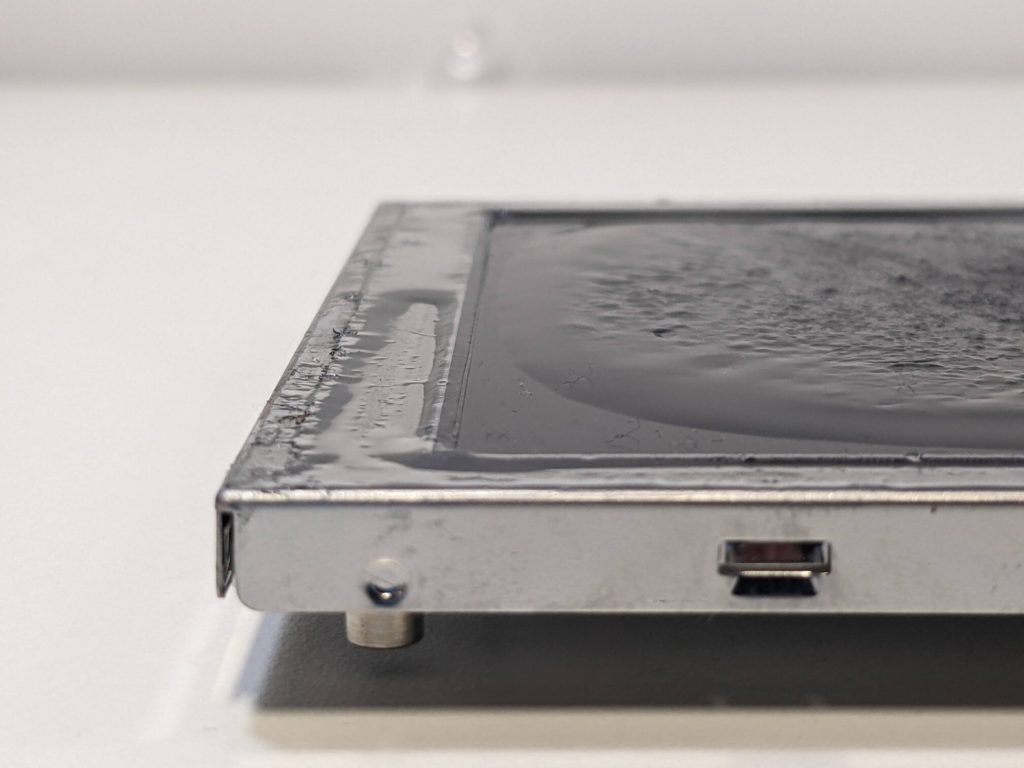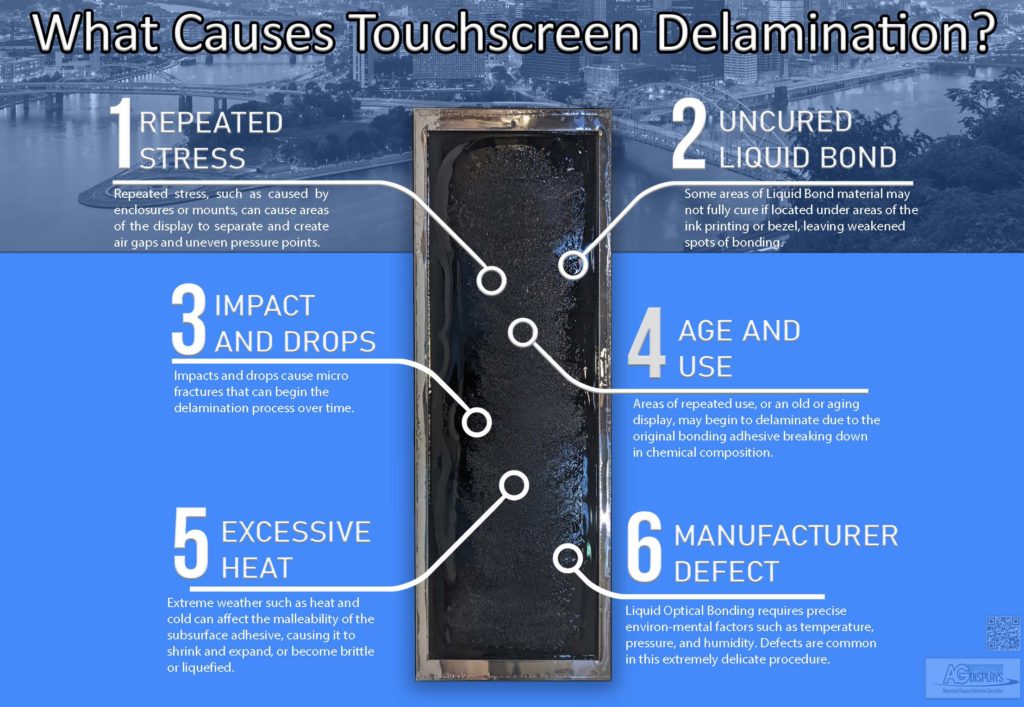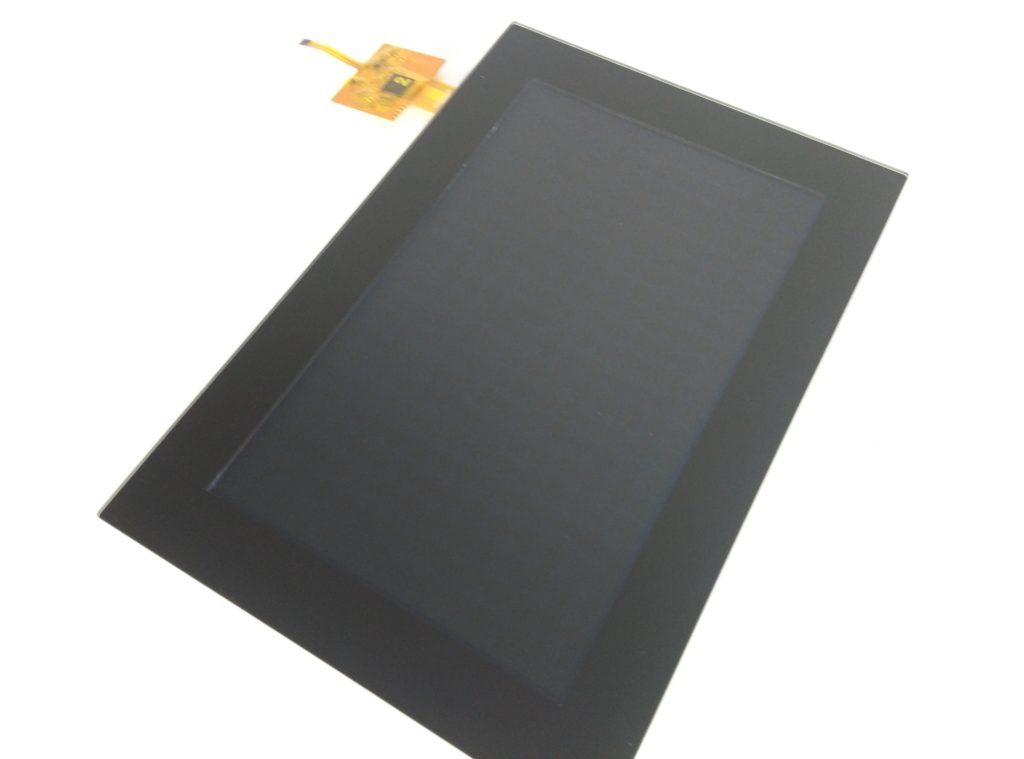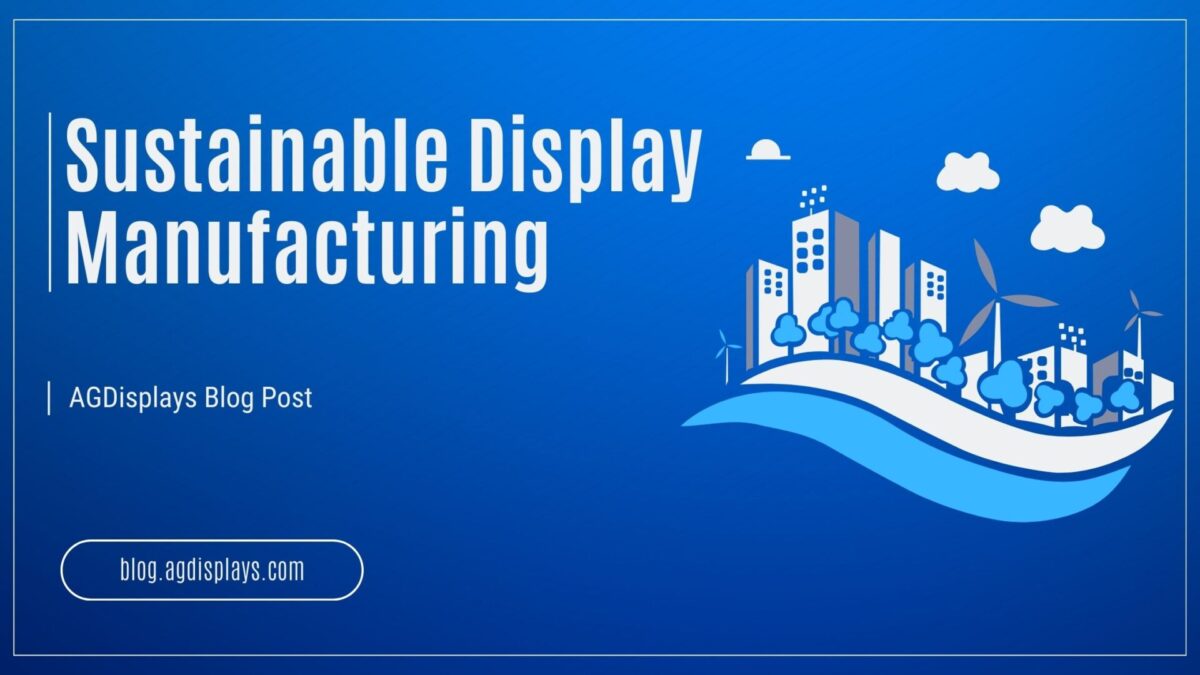What is Delamination?
Delamination is an LCD defect that occurs when one or more of the layers that composes the front facing display begins to separate from one or more of the layers below. Because an LCD screen is composed of multiple layers of films, glass, glue, and substrates, delamination can occur in multiple ways. Most often, however, delamination occurs between the touch screen and the LCD glass. Delamination can also occur between the LCD glass and its polarizing film layers, or internally between the sandwiched LCD liquid substrate layers. Delamination can appear as an air bubble in the display, haze or discoloration, flaking like appearance underneath the coverglass, and as a raised corner or edge of the display.

Tell-tale Signs of Delamination
Touch screen delamination, specifically, can most often occur to a Liquid Optically Bonded touch screen. This potential defect is due to a few factors. Liquid bonds depend on an even layer of liquid adhesive material being distributed between glass layers, and cured via UV light, in a process different for every display project. While Liquid Bonds offer great clarity and optical performance, factors such as repeated use or stress in a particular area can cause the bonded material to degrade and lose its composition. This can create bubbles or gaps between the touch screen and the LCD surface, leaving uneven pressure points, which lead to more severe problems down the line. Similarly, extreme weather such as heat and cold can affect the malleability of the subsurface adhesive, causing it to shrink and expand, and become brittle or liquefied, depending on the circumstances, Thirdly, improperly cured or installed adhesive, such as bond material left uncured behind ink printed areas, or adhesive that leaks underneath the bezel of the display, or outside of the touch area, may never properly cure, leading to areas of weakened bond and vulnerability. Improperly installed adhesive can also create raised edges, low points and uneven pressure across the display.

Custom Cut OCA to Combat Delamination
Optically Clear Adhesive, or OCA, is another viable solution than liquid adhesive for a few reasons. The first is that it requires no UV curing, and therefore will be entirely uniform and consistent, without brittle sections or improperly cured material. Next, this material can be used by consumers wishing to attempt their own repairs, as it requires not extra tools and is much more physically handleable than liquid adhesive. Also, in the even of a repair or touch screen replacement, OCA is more easily removed and replaced than Liquid bond, which finds its way into the hidden crevices of the display.

The Right Touch
The AGDisplays advantage when it comes to delamination repair is that our facility is equipped, and our technicians are trained to remove, replace, and repair delaminated touchscreens all at one location. Our extensive sourcing network means we can procure original parts, aftermarket parts, or fabricate original designs. Our OCA bonding techniques are time tested and proven for endurance. If a customer prefers, or requires, a Liquid Optical bond to replace their original design, our index matched optical bond material offers optimal clarity and visual performance.
Read more about: AGDisplays Bonding Services















